One Intelligent Platform.
Impact At Scale
Canvs is the customer insights platform designed to unlock the full value of qualitative customer feedback. Powered by a rich, purpose-built AI engine and adaptive, enterprise-ready tools, it delivers an intelligence layer that brings structure to unstructured feedback.

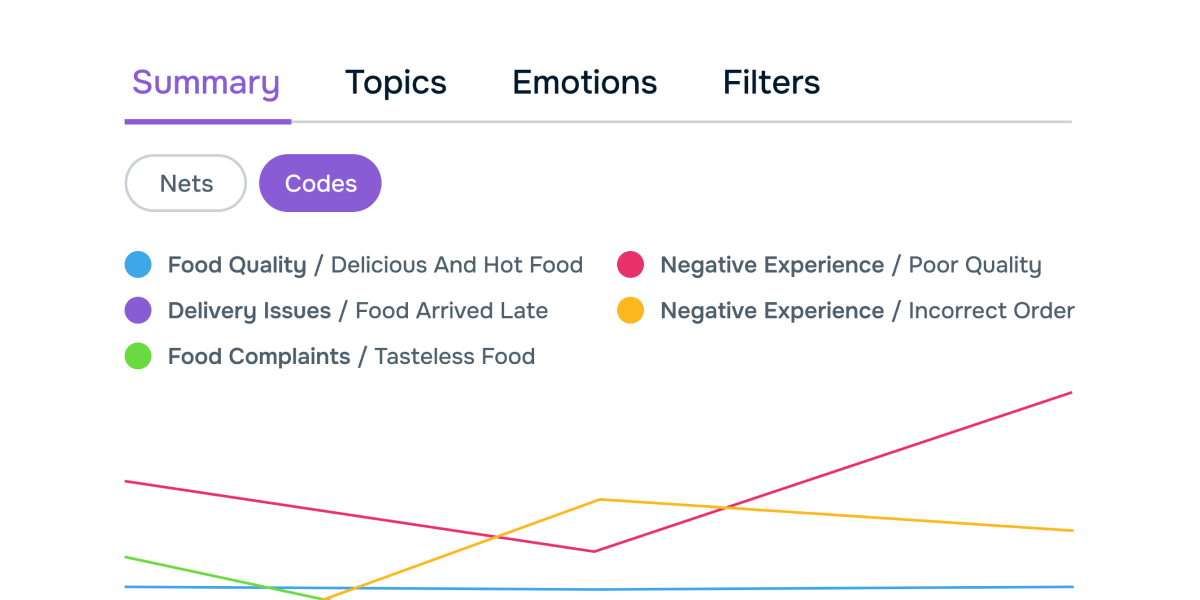
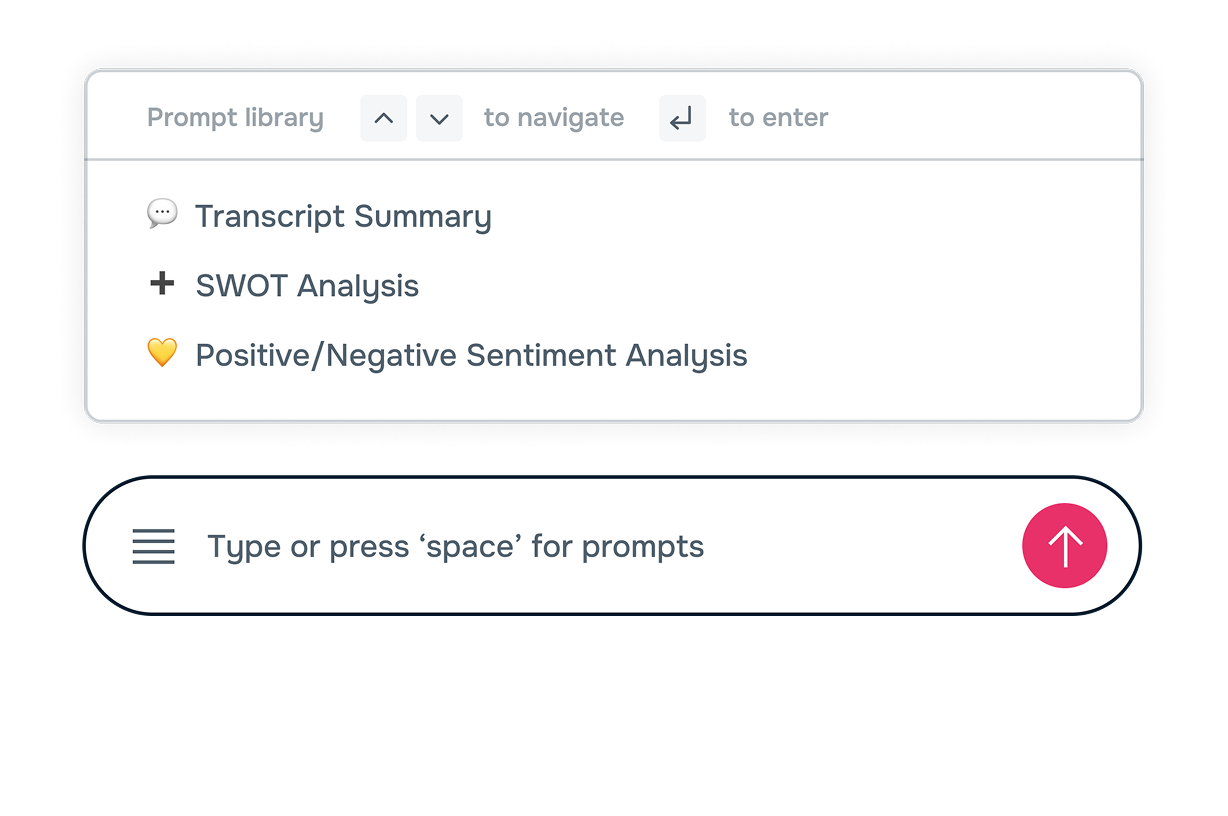
The customer insights platform trusted by the leading global brands
















Built for the Way You Work
Canvs is designed for modern teams who need fast, reliable analysis across feedback sources like surveys, reviews, social, chat, and more.
Zero setup.
100% confidence.
Say goodbye to tedious manual coding and subjective theme creation. Canvs automatically generates a dynamic code frame the moment you upload open-ended responses. It’s built on over a decade of emotion and behavior modeling, so you get structured themes that actually reflect how people speak and feel.
Auto-detects themes, topics, and emotions
Continuously adapts to your data
No templates or training required
Start analyzing in minutes, not weeks.
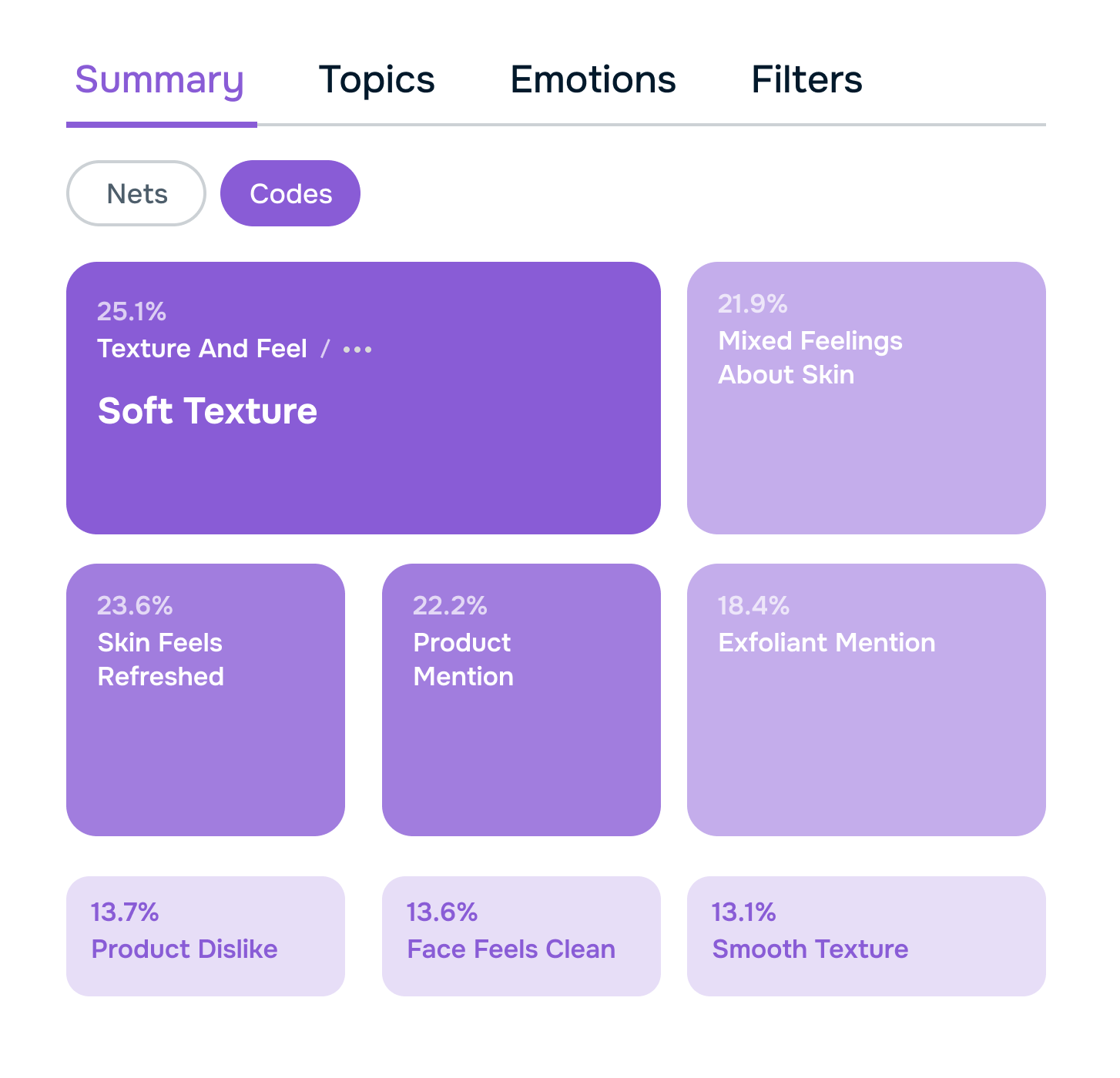
Zoom in on what matters most.
Navigate large datasets with ease using advanced filters across question types, themes, emotions, behaviors, segments, and more. Whether you're looking for trends or deep-diving into edge cases, Canvs keeps you in control.
Cross-cut by custom tags or metadata
Isolate trends by brand, region, or persona
Filter by volume, emotional tone, or behavior markers
Because nuance matters.
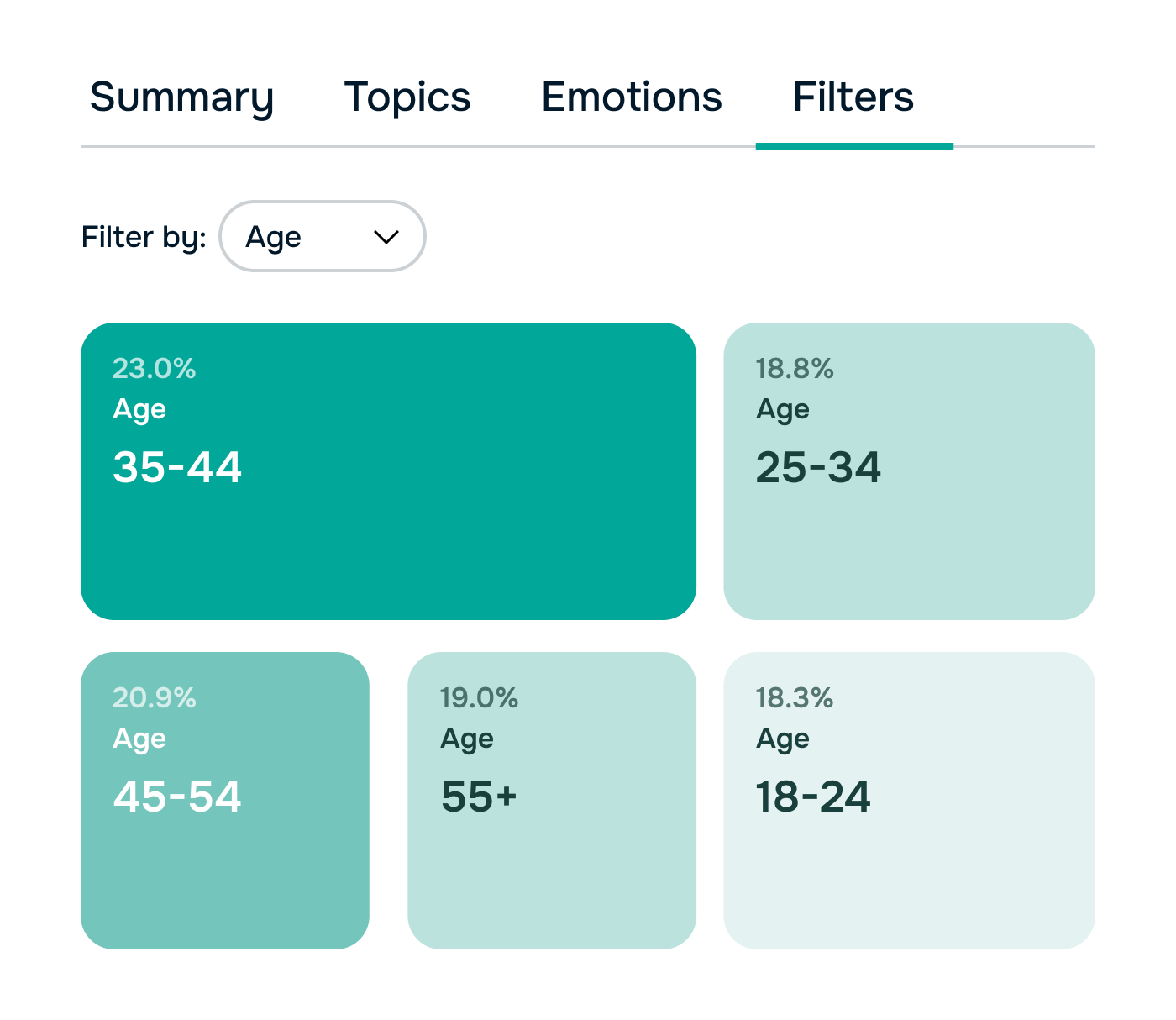
Surface what others miss.
Not just a keyword search. Canvs’ verbatim search understands the intent and sentiment behind the words. So you find what people meant, not just what they said.
Search, filter and analyze verbatims
Supports emotional and thematic queries
Perfect for auditing, quoting, or validating insights
Find the needle. Understand the haystack.
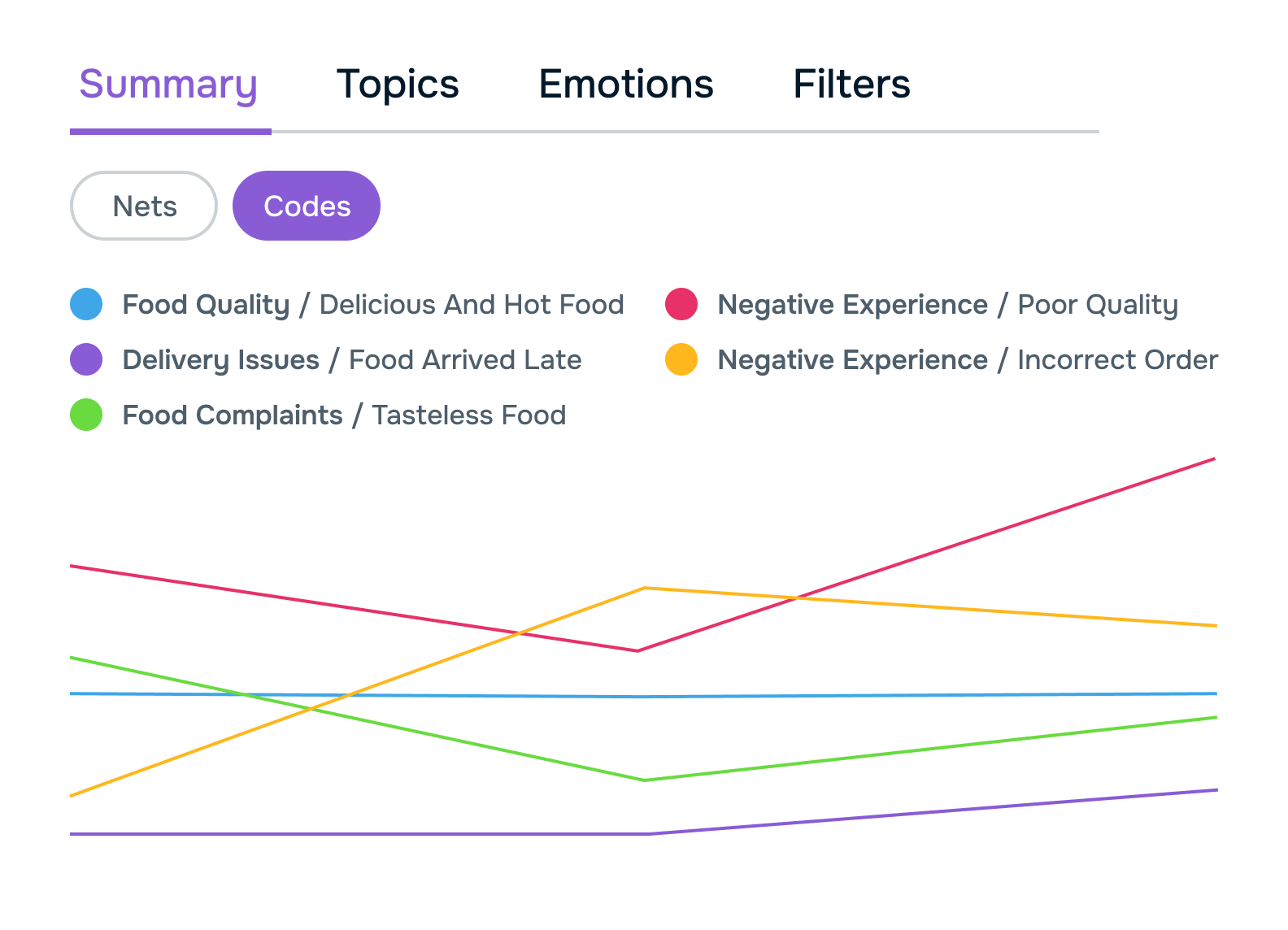
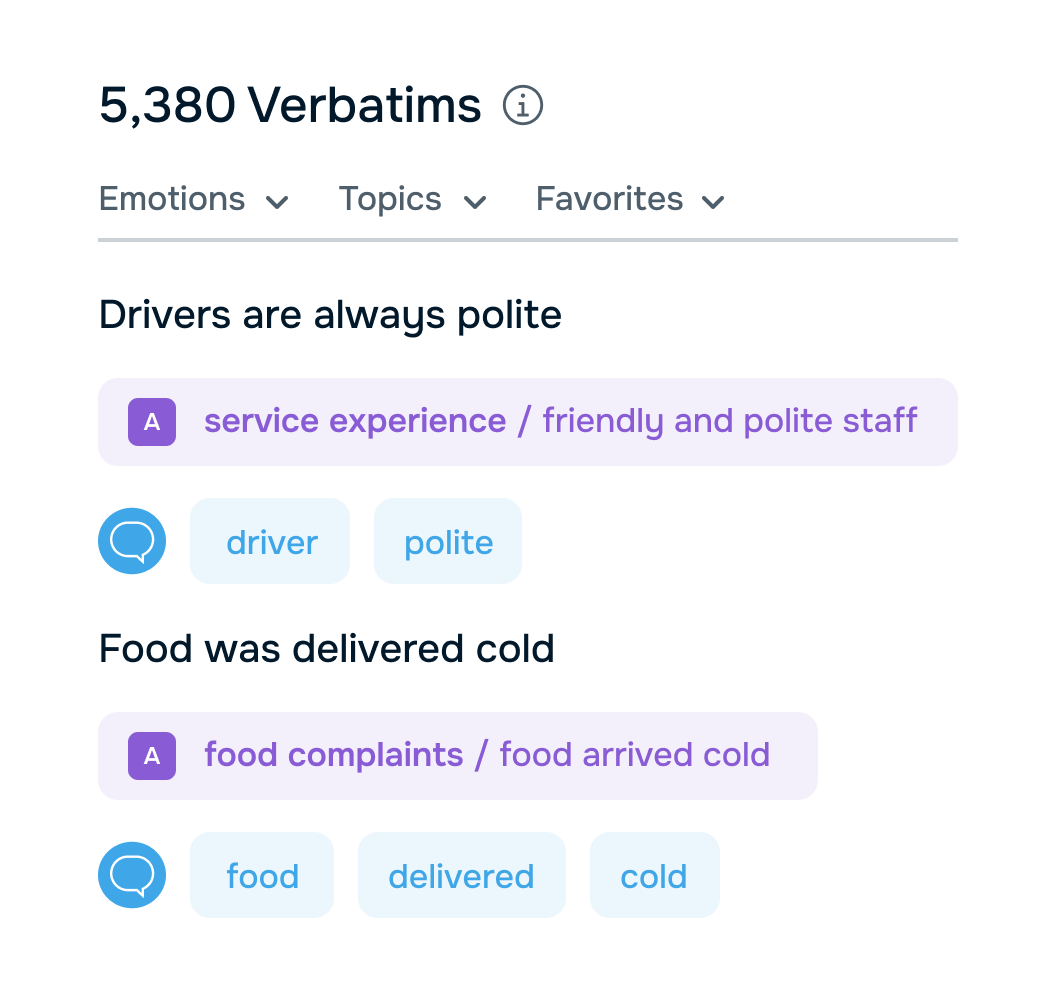
Because your customers speak in more than words.
Built for teams who need to understand not just what customers say, but what they mean. Asa is your AI-teammate that combines linguistics, behavioral science and machine learning to reveal the complex nuance in every piece of feedback.
Built on over three billion expressions of consumer feedback
Emotionally aware and behaviorally rich
Trained for modern, real-world language
Other platforms read text. Canvs reads people.
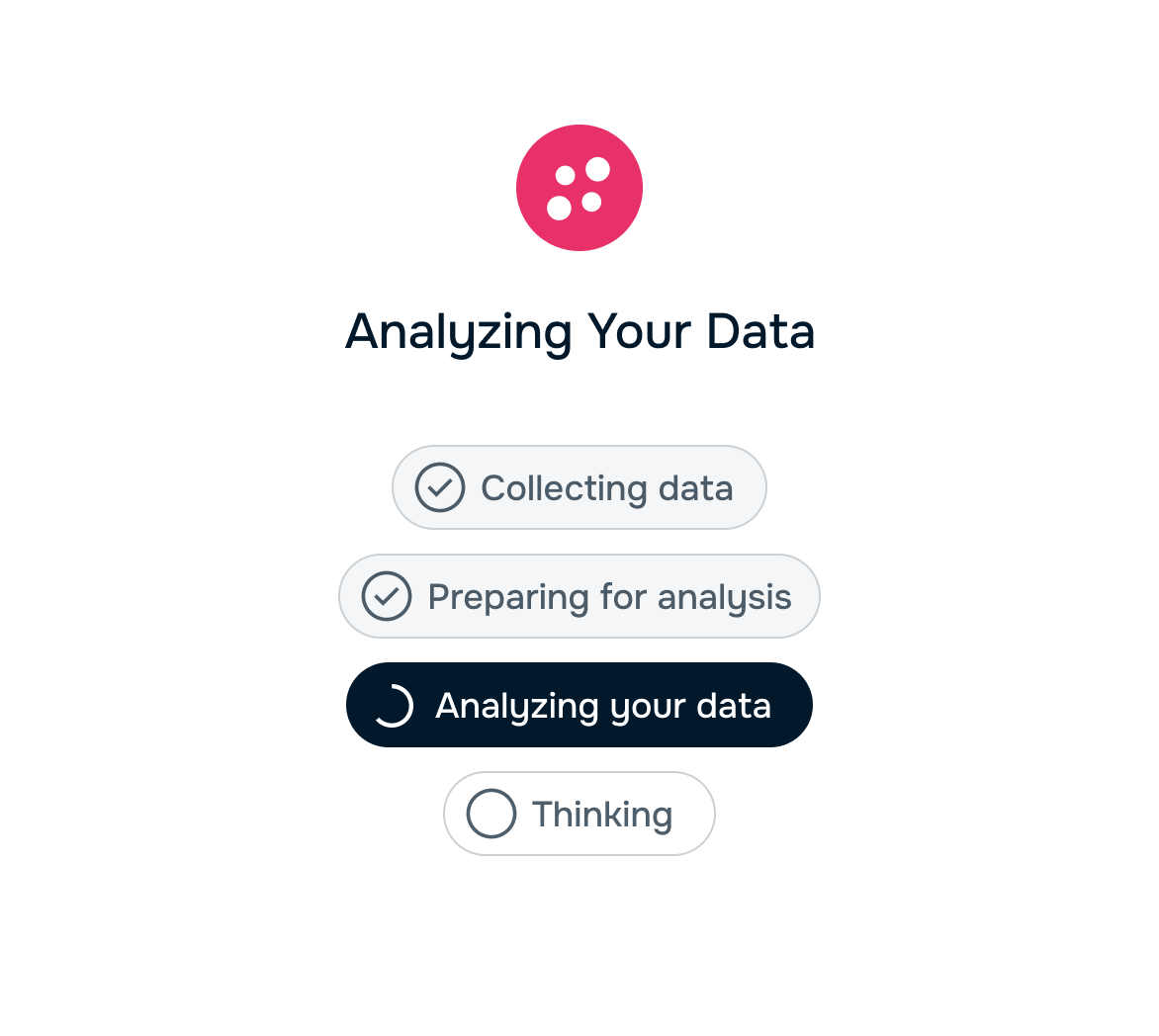


"Canvs really helps you quickly identify things that you want to explore further. It gives you a better sense of the patterns in discussion and in open-ended responses, allowing you to really do more with your time."
Integrate Seamlessly
Connect all your feedback sources to finally see the full picture of what your customers say.
.svg)
%204.avif)






Backed by Customer Love


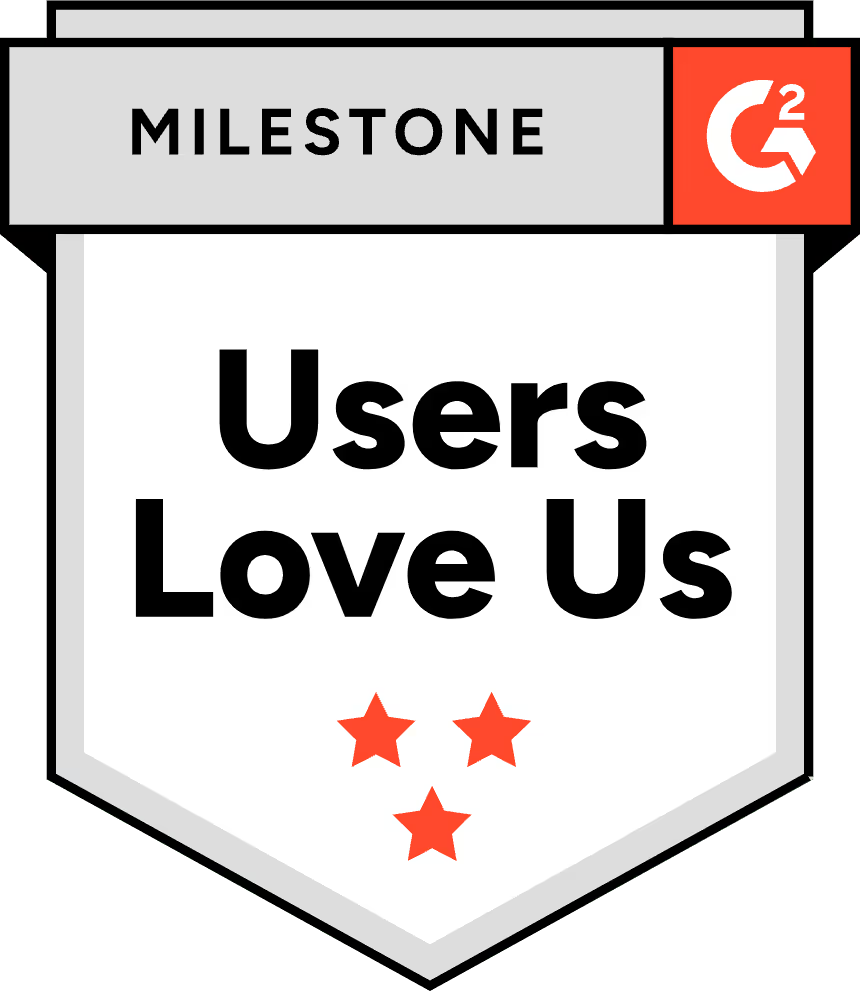

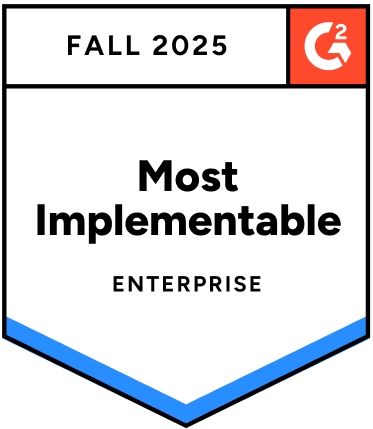


20+ More
Compliant By Design. Trusted by Enterprises.

Ready to Transform Customer Feedback Into Growth?
Schedule a meeting to see how leading teams are turning customer feedback into confident, data-driven results.

